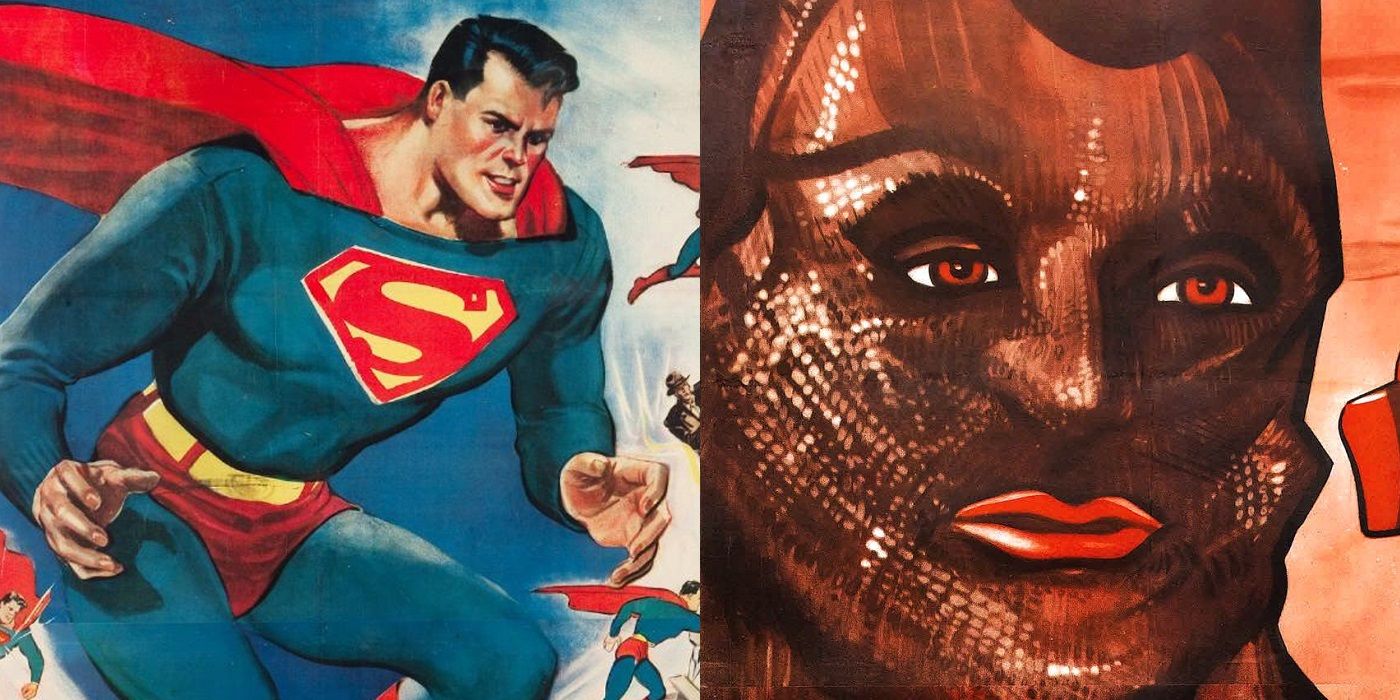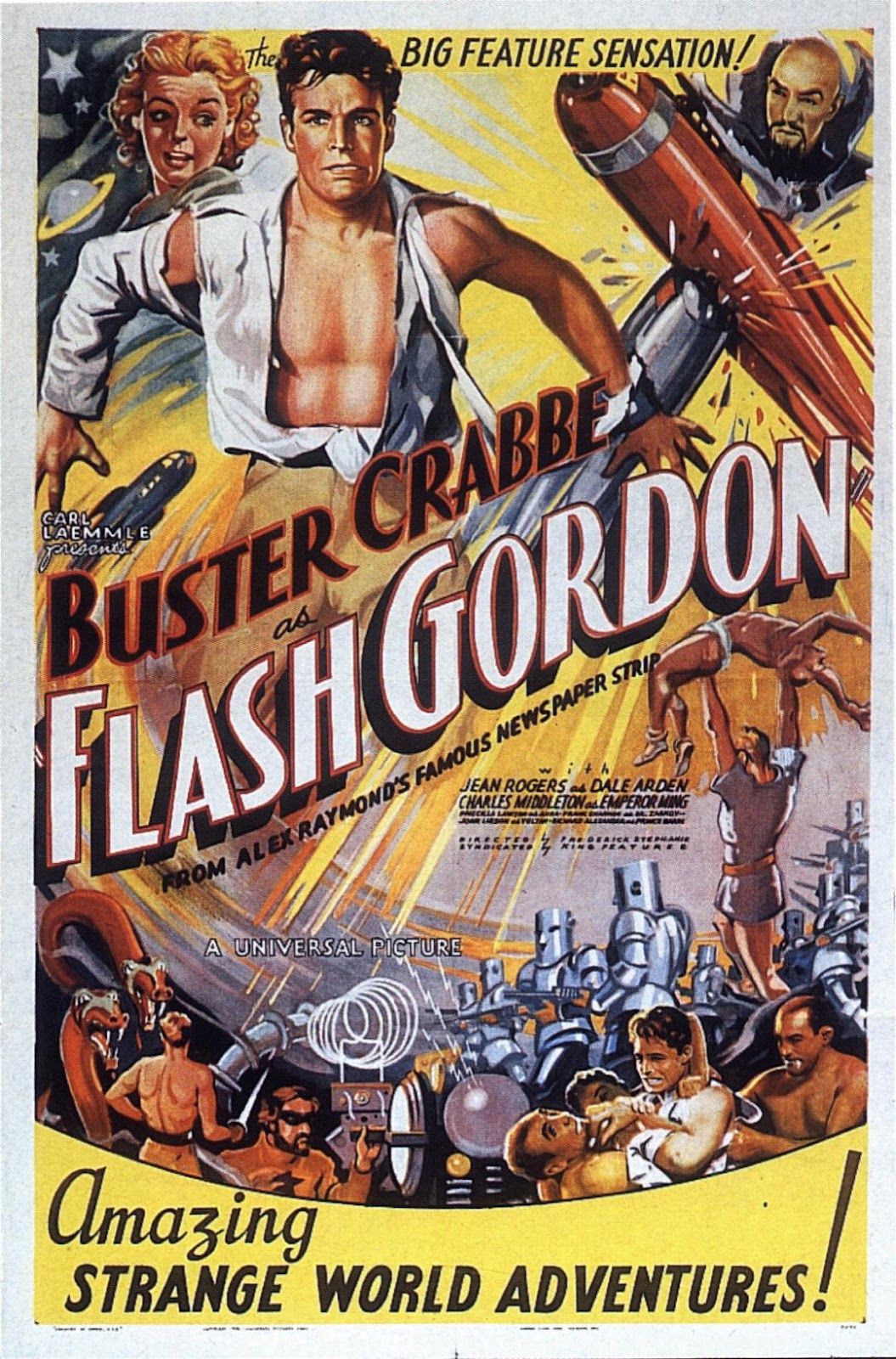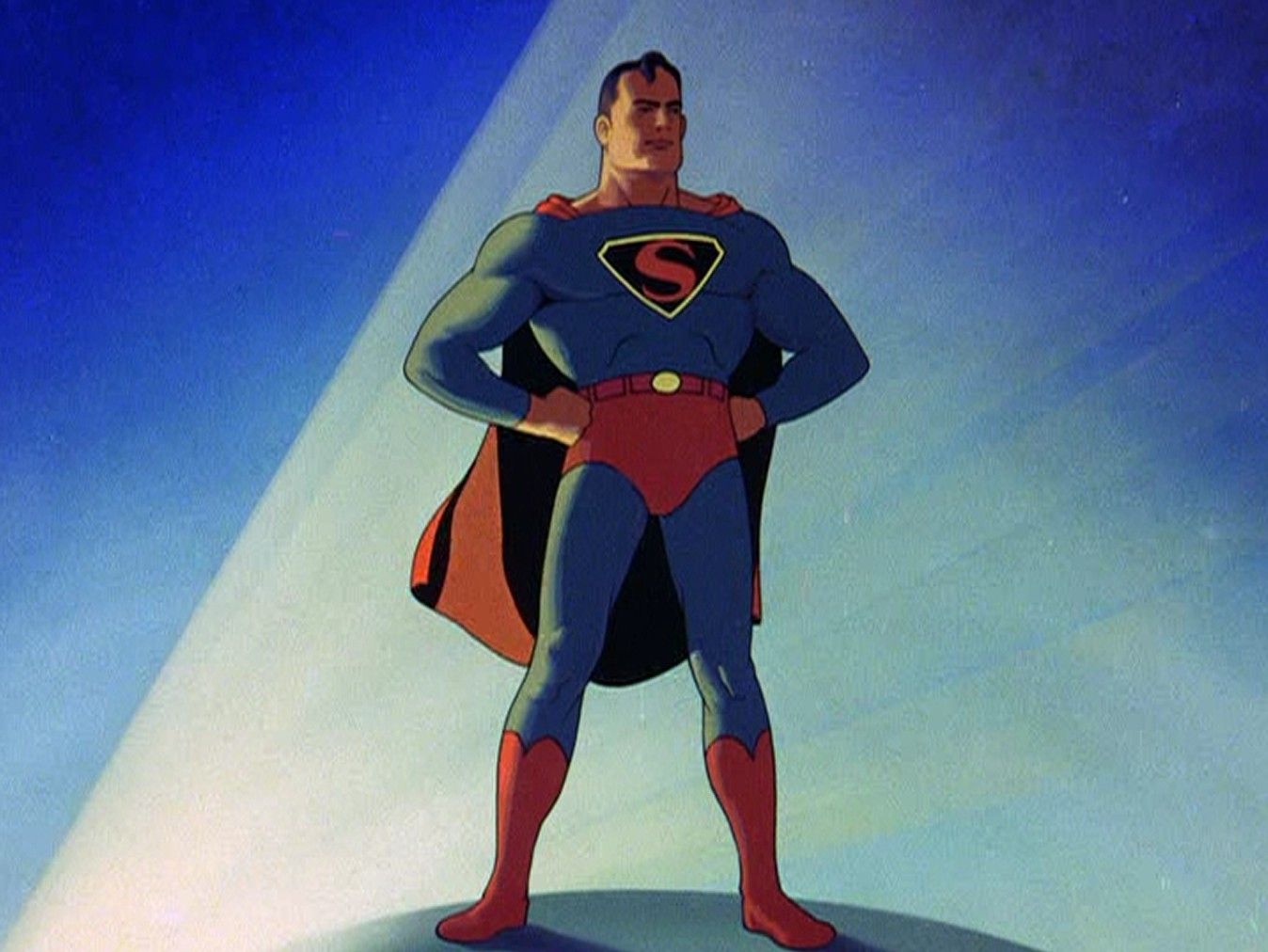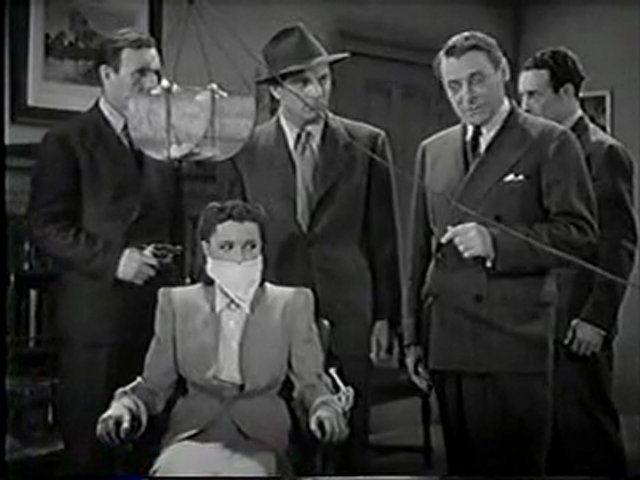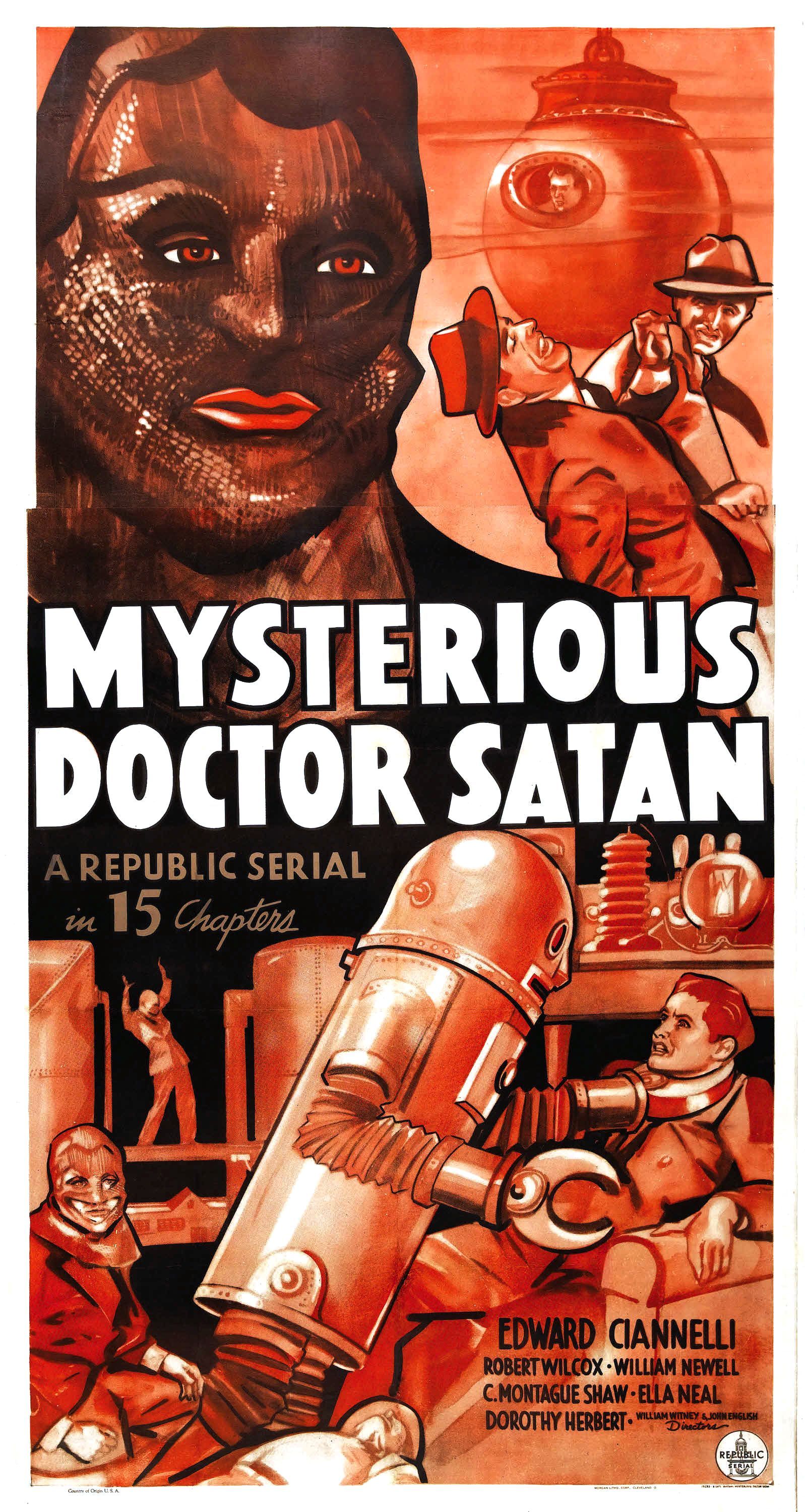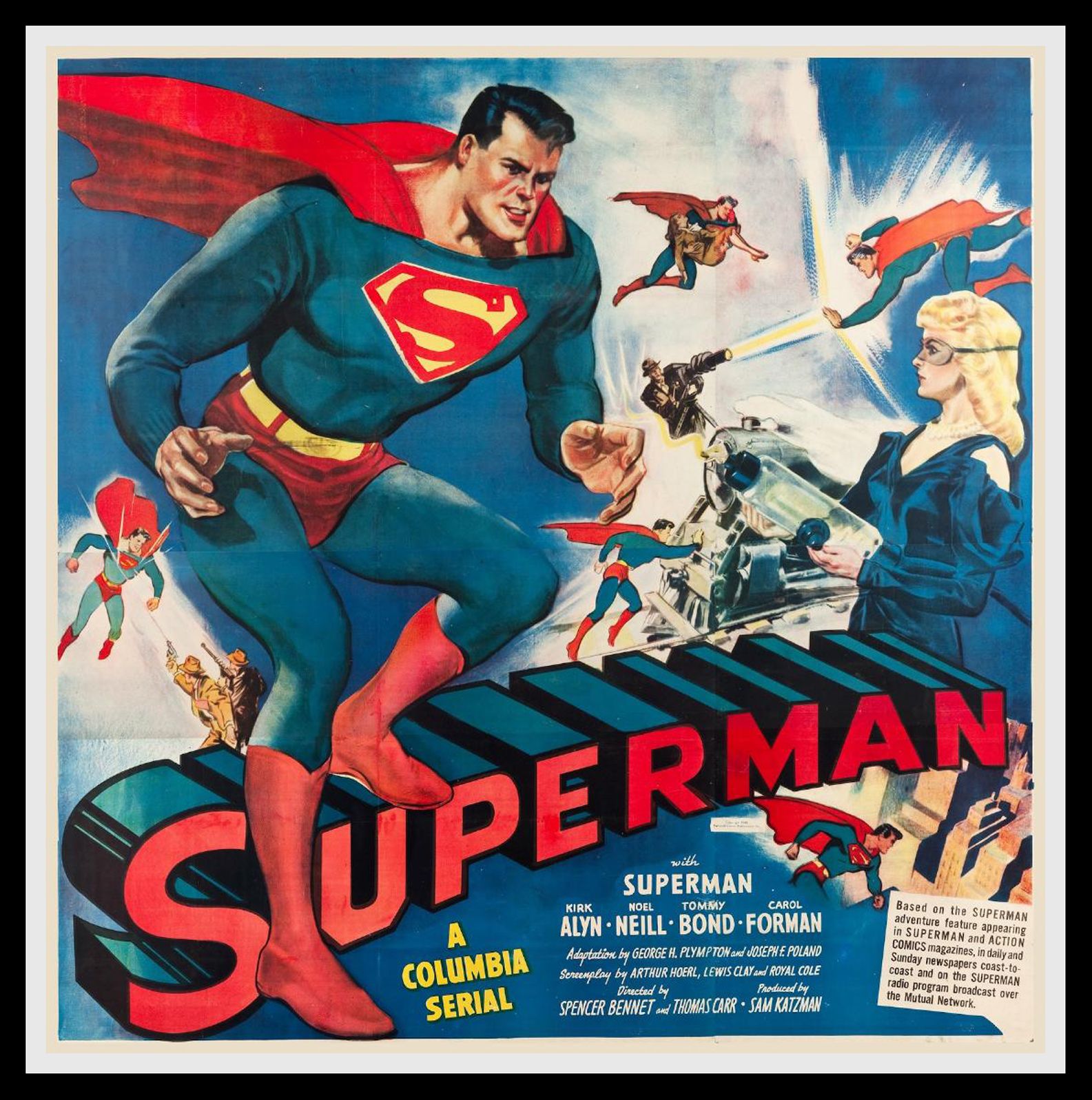MOVIE URBAN LEGEND: Licensing issues saw a Superman film turn into a Doctor Satan movie.
Right from the dawn of motion pictures, people were making film serials, which were just what they sound like, serialized stories broken into short films that you would come watch once a week. It was essentially the motion picture version of a television series. In the days before television, this was the closest thing out there to TV series (well, okay, radio shows were actually THE closest thing, but you get what I mean, right?).
In the early days of movies, these were THE dominant form of filmmaking. Lots of the standard cliches of popular entertainment were part of film serials, like cliffhanger endings and the idea of a damsel in distress being tied to a train track or stuff like that.
As films became more expensive and more complicated, serials died down in popularity. Basically, why watch a cheap serial every week when you could spend a little extra money to see a REAL movie? By the 1930s, serials were consigned to basically second-rate theaters.
Things changed, however, in 1936, when Universal Studios put slightly more money into adapting the hit comic strip, Flash Gordon, into a serial...
They put more money into the serial, but really, no one could have predicted just HOW well people were going to respond to the movie. It was a blockbuster, so popular that it actually moved over to the "real" theaters. It proved so popular that Columbia Pictures started a serial division and a new studio formed, calked Republic Pictures, which was dedicated to just serials and cheap Westerns (Republic's cheap Westerns eventually launched the careers of actors like John Wayne, Roy Rogers and Gene Autry and it also launched the career of director John Ford, winner of the most Best Director Oscards in the history of the Academy Awards).
Universal Studios also kept making serials, but the cream of the crop during this era was Republic and Columbia. They each quickly started acquiring licenses to do serials based on famous comics and pulp fiction characters.
Republic acquired the rights to do a Superman movie from National Comics (now DC Comics - although, honestly, did you need me to tell you that National Comics became DC Comics? Were you all, "Wait, Superman comic from National Comics? What comic book company is THAT?") and they had a screenplay written, but they came across a major problem.
You see, National had licensed Superman to Fleischer Studios for a famous animated series of films...
National assumed that their deal with Fleischer was just for animated films, but as it turns out, Fleishcher's deal was actually an exclusive for Superman films PERIOD, not just animated ones!
So Republic was stuck with a screenplay that they couldn't film. So they quickly revamped the film to being a brand-new superhero known as Copperhead...
Lois Lane became Lois Scott...
And the evil scientist villain of the movie (this would be before Lex Luthor was a famous character, so it is likely that the scientist villain from the Superman screenplay was going to be an original character) became known as Doctor Satan and the whole film was called The Mysterious Doctor Satan...
Almost a decade later, with Fleishcher long out of the way, Columbia picked up the Superman license and did a pair of popular Superman serials...
They were so popular (they, too, ran in "real" theaters) that they did a feature film, which led directly to the creation of the Superman TV series.
Man, Copperhead sure looks hilariously odd on that Doctor Satan film poster, doesn't he?
The legend is...
STATUS: True
Be sure to check out my archive of Movie Legends Revealed for more urban legends about the world of film. Click here for more legends specifically about superhero movies!
Feel free (heck, I implore you!) to write in with your suggestions for future installments! My e-mail address is bcronin@legendsrevealed.com.

